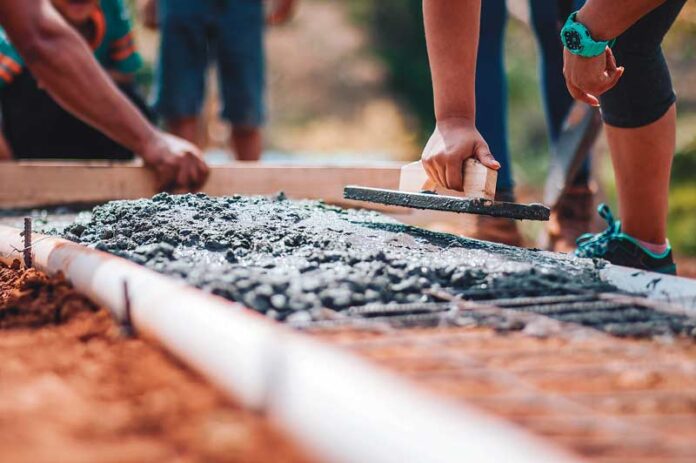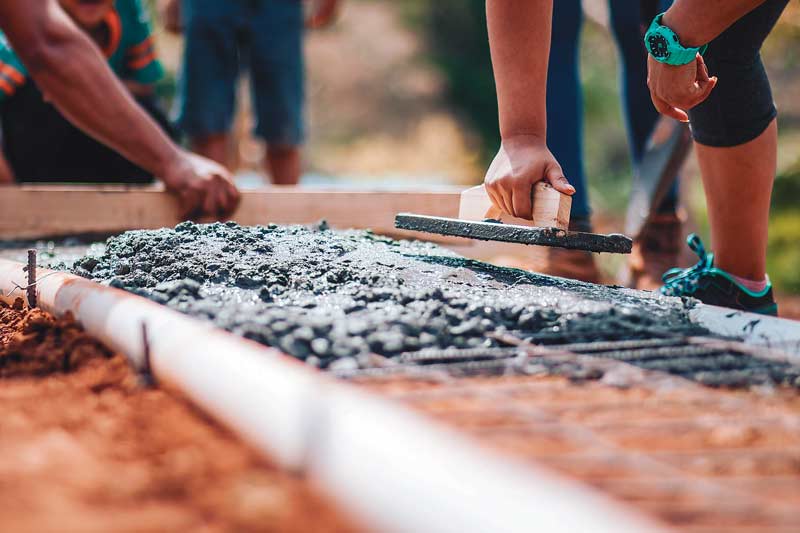
WHERE you buy or build your home has a profound influence over your ability to meet your existing and future needs. Where you choose to live has a significant impact on the environment and your finances. Remember the real estate adage, ‘location, location, location.’
Choosing an appropriate site for a new house, or choosing an existing home and developing it to make the most of its natural attributes yields significant economic, lifestyle and environmental benefits.
- THE SITE CHOICE CHECKLIST
- How does the location suit your lifestyle?
- Can it continue to accommodate changes over time associated with your employment, financial position, health, recreational focus, family (new and empty nest), retirement and old age?
- Where will the occupants of your home go to work or school, exercise, shop, socialise or get health care? Proximity to these services minimises car trips, saving time, money and the environment.
- Can you eliminate the need for a car or second car to save money and help the environment?
- Is the site close to public transport (rail, ferry, tram and bus) or within walking or cycling distance of common destinations?
- What type of home do you need? Apartments, villas and detached houses offer vastly different prices, lifestyle options and access to facilities. A big garden and four bedrooms may no longer be appropriate.
- How big a site or house do you need, do you need extra floor area to suit family needs? Are you overestimating how much space you really need (Australians are reported to have the biggest houses in the world)? Keep in mind, filling up the block with a large building footprint leaves less space for outside activities such as play areas for kids and gardening.
- SITE EVALUATION
- Planning controls can have a major influence over your design. Check with local council for easements, setbacks and building restrictions.
- Decide which climatic features need to be taken into account, in order of priority, and assess the impact these features will have on your planning.
- Determine which climatic features to enhance and which to mitigate in order to increase comfort and decrease energy use.
- Decide whether solar access or access to cooling breezes takes priority. Is one or the other more important in your climate? Observe the potential for overshadowing, loss of privacy and noise from neighbouring areas. Shadow impact is influenced by latitude, height and spread of trees, and may affect the way the house is sited.






